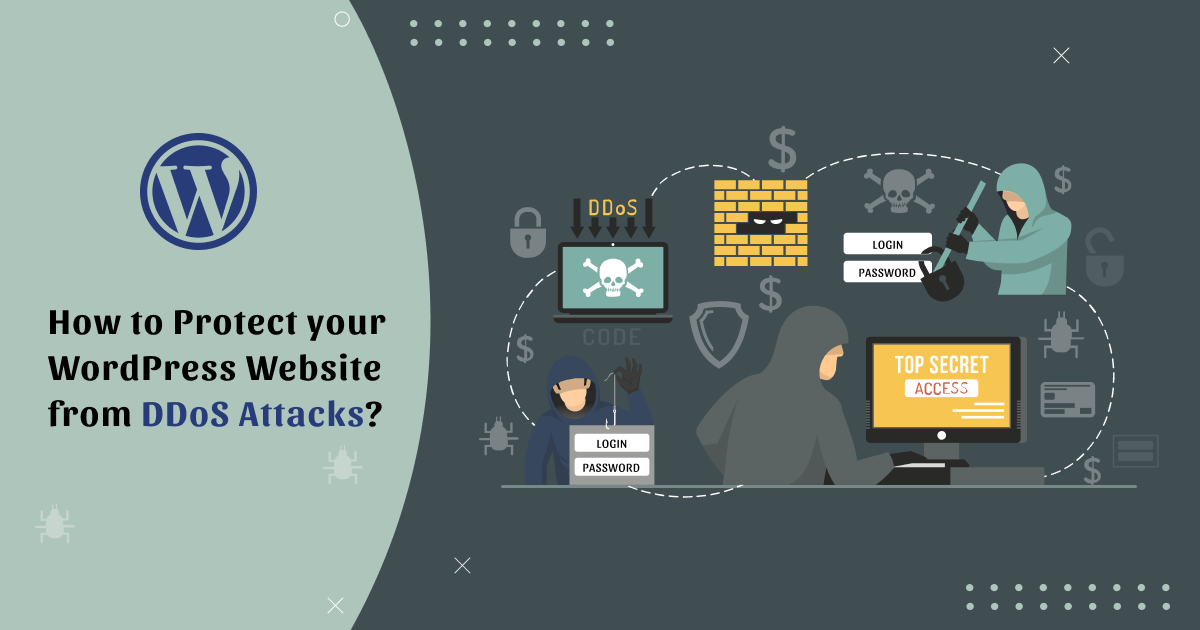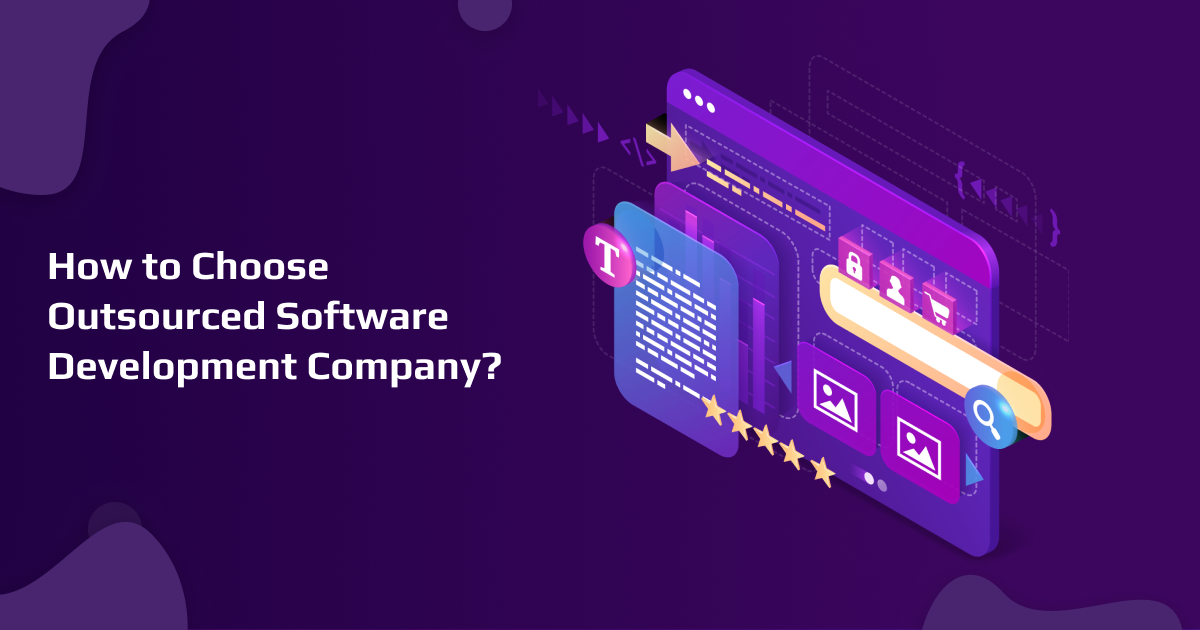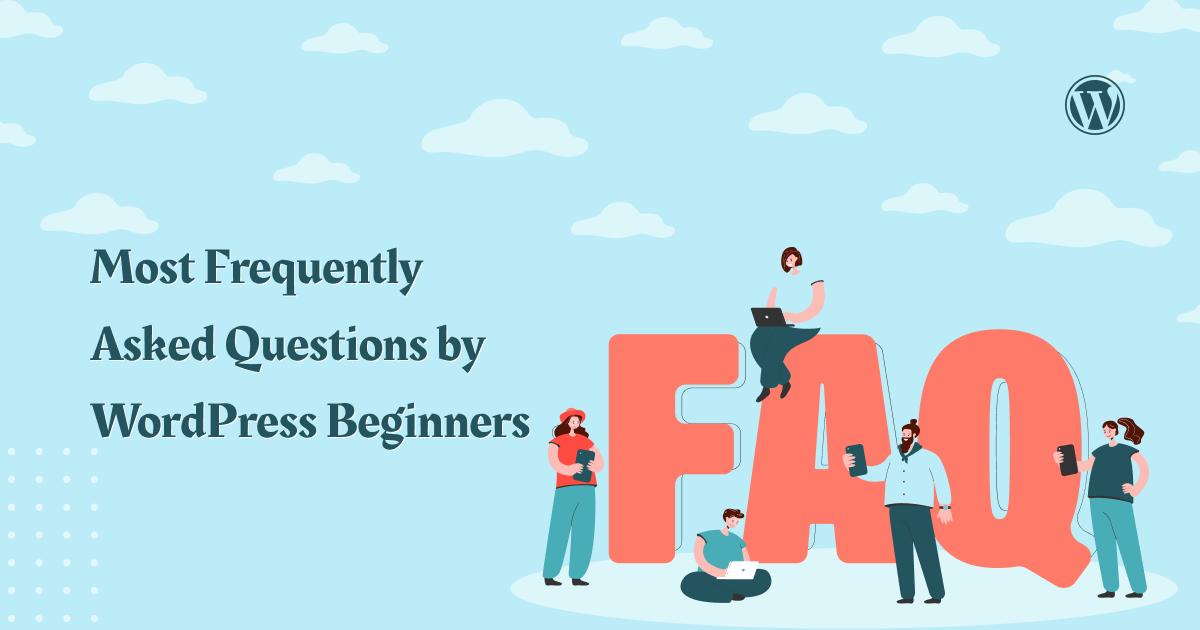Websites are quickly becoming one of the most important aspects of running a company. As a result of the coronavirus outbreak, consumers worldwide turn to the internet for products and services. People would most likely use online websites for their comfort even after the pandemic has occurred. Creating a website takes a lot of time and effort. However, any unpredictability compounds the issue.
DDoS attacks are one form of attack used by hackers to take control of sources. DDoS attacks target the WordPress plugin, preventing users from building websites and using other WordPress plugin services. Many WordPress development services are glad to advise you in protecting against such a DDoS attack.
So, in this blog, we explain how to protect your WordPress website from DDoS Attacks.
What do you mean by DDoS Attack?
A Distributed Denial of Service (DDoS) attack is a type of online attack that uses thousands of unique IP addresses to overwhelm servers with more connections than they can handle. The target of these requests is to trigger the targeted server to slow down crashes.
There are the following types of DDoS attacks.
1. Volume-based Attacks
2. Protocol Attacks
3. Application Layer Attacks
1. Volume-based Attacks
Volume-based Attacks use high traffic to overwhelm the network bandwidth.
2. Protocol Attacks
Protocol Attacks focus on employing server resources.
3. Application Layer Attacks
Application Attacks focus on web applications and are considered the most complex and serious type of attack.
DDoS Protection for WordPress
The WordPress DDoS can result in service disclaimers for users of the system and plugins. It is necessary to protect your website against DDoS attacks—WordPress one of the safest website-building platforms. WordPress is responsible for many sites on the web. Hackers frequently attacked WordPress websites. However, there are many security practices you can apply to make your website more reliable. Here are some of the things to consider when trying to protect your website from DDoS attacks.
1. Remove DDoS Force Attack Verticals
The best thing about WordPress is that it is highly flexible. WordPress allows third-party plugins and tools to integrate into your website and add new features. WordPress makes many APIs applicable to programmers to accomplish this. Third-party WordPress plugins and utilities can communicate with WordPress using these APIs.
It may, however, use a DDoS attack to take advantage of some of these APIs by overwhelming them with requests. You can easily turn them off to reduce the number of requests.
2. Disable XML RPC in WordPress
Third-party applications can communicate with your WordPress website using XML-RPC. To use the WordPress app on your mobile device, for example, you’ll need XML-RPC.
If you don’t use the mobile app, you can disable XML-RPC by adding the following code to your website’s.htaccess file.
# Block WordPress xmlrpc.php requests
<Files xmlrpc.php>
order deny,allow
deny from all
</Files>
Conclusion
These are some of the methods for preventing DDoS attacks on your website. The most important factor to consider is employing a WordPress development company to protect your WordPress website from DDoS attacks.



